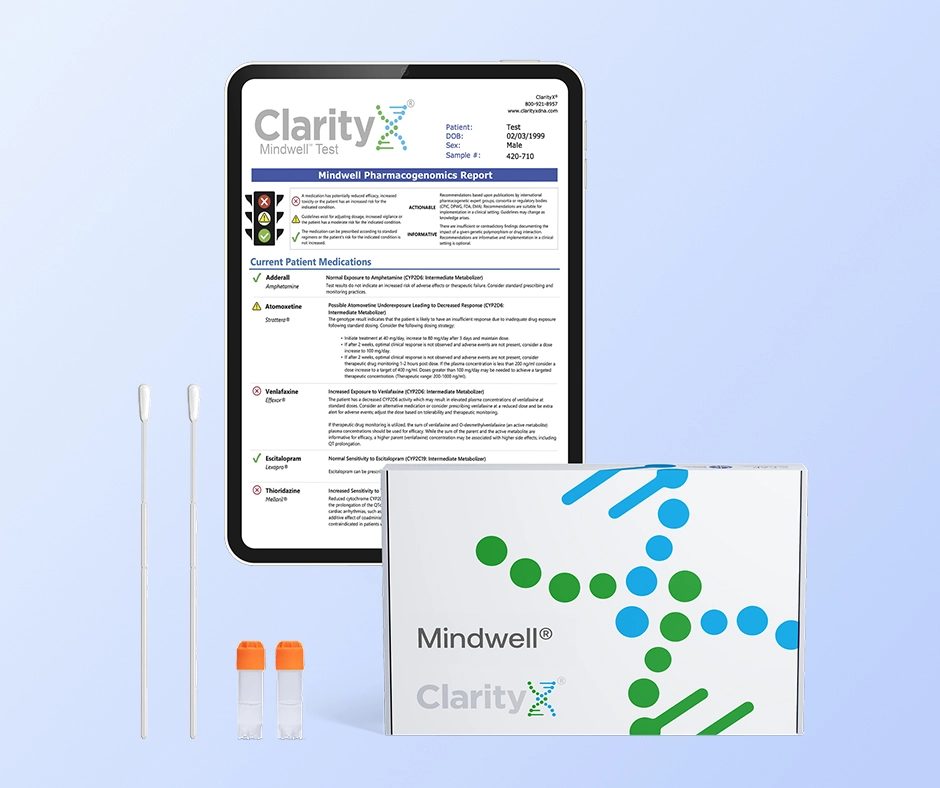Uses
Side effects
Interactions
Precautions
How Viibryd – Vilazodone works
- VIIBRYD is indicated for the treatment of major depressive disorder (MDD). The efficacy of VIIBRYD was established in two 8-week, placebo-controlled trials in adult patients with MDD
What are the side effects of Viibryd – Vilazodone?
The most common adverse reactions (incidence ≥ 5% and at least twice the rate of placebo) are:
- diarrhea
- nausea
- vomiting
- insomnia
- MAOIs: Do not use VIIBRYD concomitantly with an MAOI or within 14 days of stopping or starting an MAOI
- CYP3A4 inhibitors: The VIIBRYD dose should be reduced to 20 mg when co-administered with CYP3A4 strong inhibitors
- CYP3A4 inducers: Concomitant use of VIIBRYD with inducers of CYP3A4 can result in inadequate drug concentrations and may diminish effectiveness. The effect of CYP3A4 inducers on systemic exposure of vilazodone has not been evaluated
- Clinical Worsening/Suicide Risk: Monitor patients for clinical worsening and suicidal thinking or behavior.
- Serotonin Syndrome or Neuroleptic Malignant (NMS)-like Syndrome: Can occur with treatment. Discontinue and initiate supportive treatment.
- Seizures: Can occur with treatment. Use with caution in patients with a seizure disorder.
- Abnormal Bleeding: Treatment can increase the risk of bleeding. Use with caution in association with nonsteroidal anti-inflammatory drugs (NSAIDs), aspirin, or other drugs that affect coagulation.
- Activation of Mania/Hypomania: Can occur with treatment. Screen patients for bipolar disorder.
- Discontinuation of Treatment with VIIBRYD: A gradual reduction in dose is recommended rather than an abrupt cessation.
- Hyponatremia: Can occur in association with the syndrome of inappropriate antidiuretic hormone secretion (SIADH).


